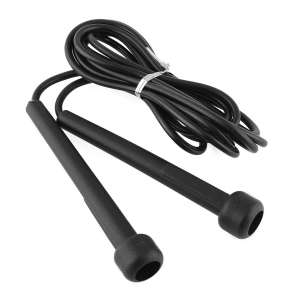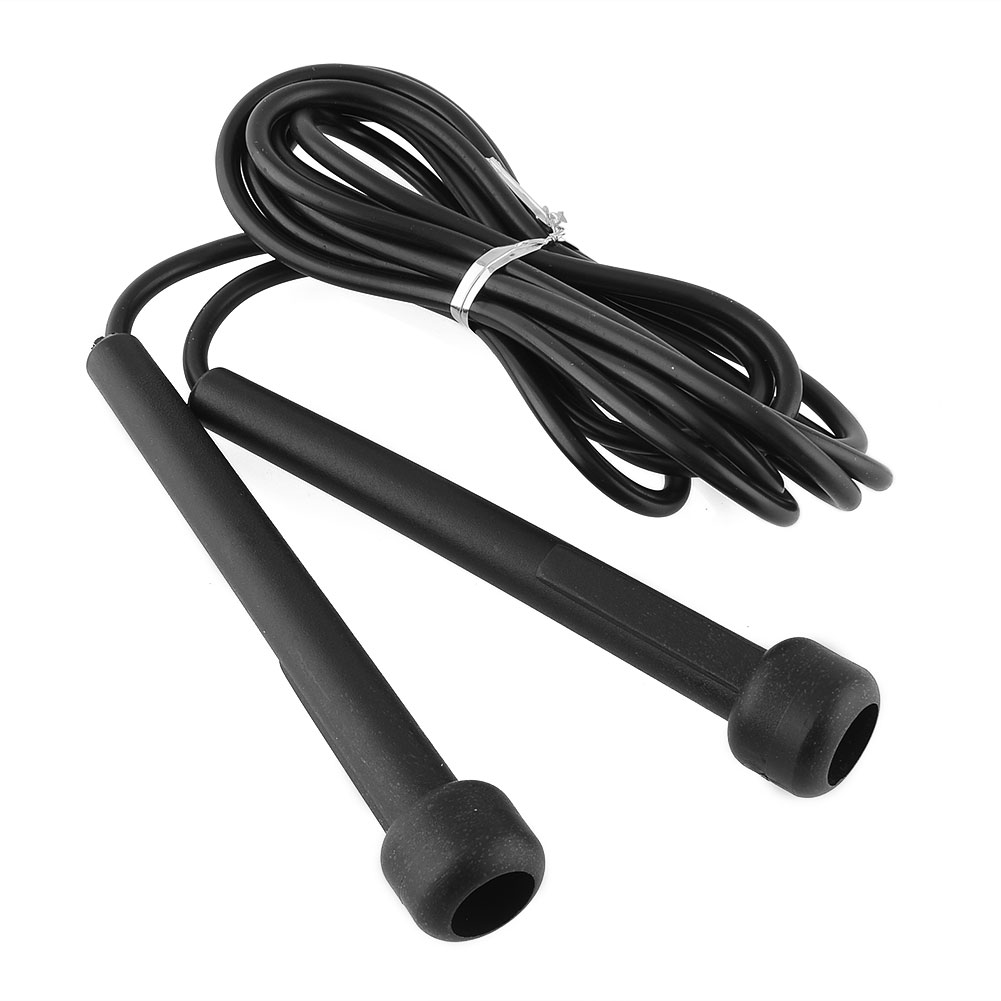Are you trying to lose weight by exercising? Unless you enjoy those long hours of steady-state cardio in the gym or on the road, you should stop! You are wasting time and slowing down your metabolism. What if you could burn more fat in less time? High-intensity interval training (HIIT) could be a way for you to achieve your weight-loss goals and still have time to spend on the things you enjoy.
For years we have been encouraged to burn more calories by doing cardio. In fact, cardio machines often include pretty graphs indicating where your heart rate should be for “fat burning” versus “cardiovascular training.” You calculate this magical heart rate by subtracting your age from 220 and multiplying this number by 0.6. If you keep your heart rate at this number, the story goes, you’ll be in the “fat-burning zone.”
There’s a kernel of truth here. You do burn both fat and carbohydrates when you exercise, but the proportion varies based upon the intensity of the exercise.
A very low-intensity activity like walking, taps mainly into fat stores, whereas high-intensity sprints, pull much more heavily from carbohydrate stores. At about 60% of maximum exertion, your body gets about half of its energy from carbohydrate stores and half from fat stores (which is why many “experts” claim you should work in the range of 60–70% of maximum exertion).
Based on the above, you might think that I’m actually arguing for steady-state cardio, but there’s more to consider.
The first issue is total calories burned while exercising. If you walk off 100 calories; 85 of which come from fat stores, that isn’t as effective as spending that time in a moderate run that burns off 200 calories, with 100 coming from fat. The previous scenario isn’t as effective as spending that time doing sprint intervals that burn off 500 calories with 150 coming from fat.
Calories burned while exercising isn’t the entire story.
Studies conducted by Laval University, East Tennessee State, Baylor University, and the University of New South Wales, have shown that shorter, high-intensity cardio sessions result in greater fat loss over time. Specifically, one study had subjects doing six sprints of 30 seconds each with a five-minute break between each sprint. When compared with a similar group of people doing 30 minutes of steady-state cardio, the interval group lost nearly 20% more fat in six weeks. Six sprints of 30 seconds were more effective than 30 minutes of incline treadmill walking! Although the exact mechanisms of how high-intensity cardio trumps steady-state cardio aren’t fully understood yet, scientists have identified a number of different effects:
- Increased resting metabolic rate for approximately 24 hours after exercise.
- Improved insulin sensitivity in the muscles.
- Higher levels of fat oxidation in the muscles.
- Significant spikes in growth hormone levels (which aid in fat loss) and catecholamine levels (chemicals your body produces to directly induce fat mobilization).
- Post-exercise appetite suppression.
The bottom line is that high-intensity interval training burns more fat in less time than steady-state cardio.
But wait, there’s more!
Most individuals believe that cardio and muscle training don’t belong together. There is some truth in this belief. While I recommend that you always include some cardio in your programming, regardless of whether you’re bulking muscle or cutting fat, there are right and wrong ways to do it.
For instance, research has shown that combining both strength and endurance training (concurrent training) can hinder your strength and muscle gains when compared to just strength training alone. This is why I recommend that people split their cardio and strength training into two separate workouts.
Research has shown that individuals with existing muscle mass risk losing more muscle mass and strength with long cardio sessions. Simply stated, the shorter your cardio sessions are, the more muscle you preserve.
Thus, keeping your cardio sessions short is important when we’re talking about maximizing your gains in the weight room and preserving your muscle. Only high-intensity interval training allows you to do this while still deriving significant benefits from the exercise.
As a chiropractor and a Certified Strength and Conditioning Specialist (CSCS), I am often asked what my favorite HIIT routine is. My answer is jump rope. Jump rope is the most efficient form of cardio. Jump rope has the ability to leave you the most fatigued in the least amount of time. Jump rope improves your coordination and the light impact has been shown to improve bone strength. And finally, jump rope is convenient. A rope can easily travel with you no matter where you go. Pack your jump rope in your suitcase and take it on your next business trip. Take it to the hotel workout center or jump rope right there in the room. (Note: When buying a jump rope, spend a little bit of money. Higher quality jump ropes are often easier to use.)
My second favorite form of high-intensity interval training is cycling. Researchers have concluded that cycling involves the use of more of the muscles utilized in muscle-building movements such as squats. Cycling builds more muscle than running or walking does. That is, it more closely imitates the motions that result in muscle building and therefore can burn more fat.
The next-best choice would be sprinting, as this involves many of the same muscles. I also recommend keeping your sessions relatively short (15-30 minutes).
In terms of an exact protocol, here’s what you can do with a stationary bike. (If jumping rope or sprinting instead of resistance, think speed.)
- You start your workout with 2-3 minutes of low-intensity warm-up on the lowest resistance.
- You then bump the resistance up to 4-5, and pedal as fast as possible for 30 seconds.
- You then reduce the resistance to its slowest setting and pedal at a moderate pace for 60 seconds. If you’re new to HIIT, you may need to extend this rest period to 90-120 seconds.
- You repeat this cycle of all-out and recovery intervals for 20-25 minutes.
You conclude with a 2-3 minute cool-down at a low intensity
HIIT training can also be performed using full-body core strengthening exercises. We will detail this in our upcoming
If you would like to join us for our next [LivFit] seminar series, there is still time. Our next seminar is happening Thursdays, October 15th, 22nd, and 29th at our downtown Roanoke, Virginia chiropractic office. Each class will be from 6-8pm. The seminar cost is only $40 and includes each two-hour session and our [LivFit] journal packed with recipes, a menu, and workout programs. Email us to register now. The class size is limited and it will sell out quickly!
Talk to our front desk for more details. 1-540-344-1055

Dr. Daryl Rich, DC, CSCS






